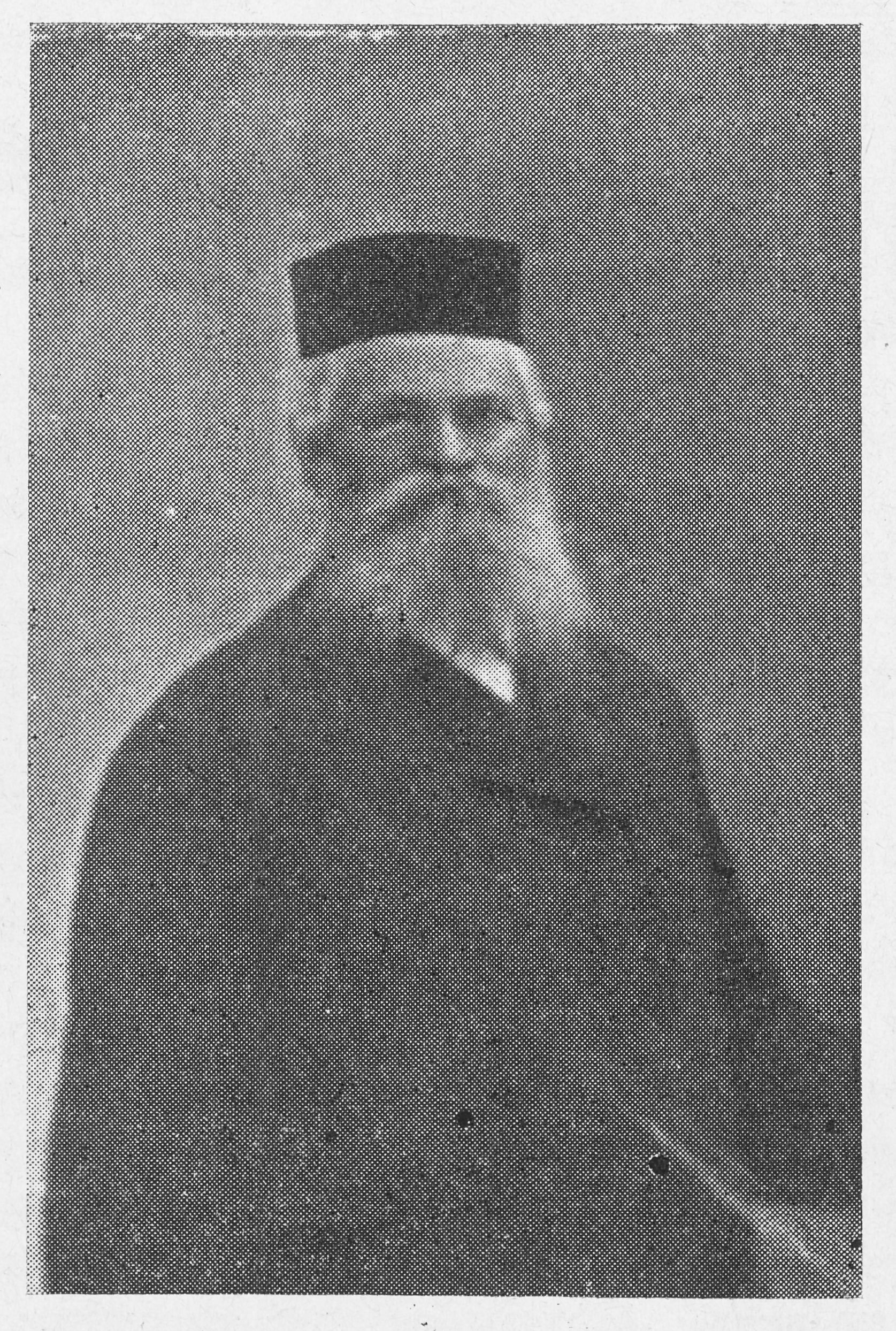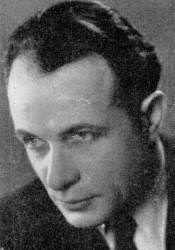Eliezer Goldberg was born in Vyshnivets (Polish: Wiśniowiec, Ukrainian: Вишнівець) in Volhynia, then a town in the Russian Empire. He received a religious education in Kremenets (Polish: Krzemieniec, Ukrainian: Кременець; hence his surname „Kremenitser”). His father, also a cantor, did not want him to engage in the same profession. In an attempt to prevent this from happening, he arranged his marriage at the age of eighteen to the daughter of a Kremenets merchant named Halpern. Nevertheless, at the age of twenty Eliezer, a self-taught musician, became a hazzan in his hometown. In subsequent years, Goldberg served as cantor in synagogues of the Galician cities of Brody, Złoczów, and Jarosław, attaining fame throughout the region. In 1879, he was appointed cantor at Kraków's Kupah Synagogue, a position he held until his death (August 22, 1920).

Kupah Synagogue in Krakow (1936)
Goldberg’s contemporaries compared his music to the works by the most distinguished cantors of Eastern Europe such as Nissan Spivak (aka Nissi Belzer), Baruch (Boruch) Schorr, and Zeidel Rovner. In interwar Krakow, he was called ‘the guardian of music tradition’ or ‘the master of Jewish composition and harmony’. His style was grounded on the traditional East European cantorial genre. He composed liturgical and other religious pieces to be performed by cantor and a four-part choir consisting of boys and men.
His compositions are mostly within the modal system of the Eastern European Jewish liturgy and are characterized by expressive cantorial solos often accompanied by choral drones and very short responses as was customary in synagogue music of the late nineteenth century. He also employed responsorial and antiphonal compositional techniques, contrasting choral textures, with sections recalling the more archaic traditional improvised plurivocal singing of cantor with meshorerim or imitated Hassidic niggunim. At the same time, his compositions also show features akin to the surrounding non-Jewish musical cultures, especially Eastern European religious and art music as well as Ukrainian folk singing, incorporating in some of his works the modes, expressive gestures, harmonic language and formal structures derived from these cultures. He is believed to have composed approximately one thousand five hundred pieces. Eight of them are preserved at the National Library of Israel, while many more are held in private collections.
Among his disciples were: cantor Baruch Sperber, who continued to perform his mentor’s music in interwar Kraków; Ignacy (Itzhak) Mann (1889-1963), a soloist at the Lvov Opera between 1912-1927, who became a cantor in Brno (1927) and, after moving to British Mandate Palestine, at a Central Synagogue in Haifa in 1944; David Elimelech Dym (ca. 1896-ca. 1943), a cantor at Isaac’s Synagogue in Kraków and, from 1933, at Antwerp’s Machsikei HaDas Synagogue, who perished in the Holocaust (a commercial recording of his voice while still in Kraków can be heard here). Dym is also believed to have recorded Goldberg’s works before World War II. However, extant recordings by him (eight sides by the Odeon Records Company) found at the Kol Israel archive (now at the National Library of Israel), are of his own compositions.
Bibliography
Brauner, Arie, „Kakh hitpalelu yehudim be-Krakow.” In: Ha-yehudim be-Krakow – Hayea ve-hurbana shel kehilah ‘atikah, ed. Shimon Lazar. Haifa: The Commemoration Committee of Krakow Emigrants, 1981.
Jakubczyk-Ślęczka, Sylwia, Eliezer Goldberg: galicyjski mistrz żydowskiej kompozycji i harmonii, Kraków: Musica Iagellonica, 2024.
Zaludkowski, Elias, Kultur-treger fun der idisher liturgye. Detroit, Michigan 1930.
Zimmermann Akiva, B’ron Yachad: Essays, Research and Notes on Hazzanut and Jewish Music. Tel Aviv, 1988.
Photographies
Kupah Synagogue in Krakow (1936), Narodowe Archiwum Cyfrowe (National Digital Archive), online access: https://audiovis.nac.gov.pl/obraz/92723/h:471/ [12/03/2025].
Eliezer Goldberg, ‘Di Post’ (Kraków), 1937 no. 13, p. 3.






